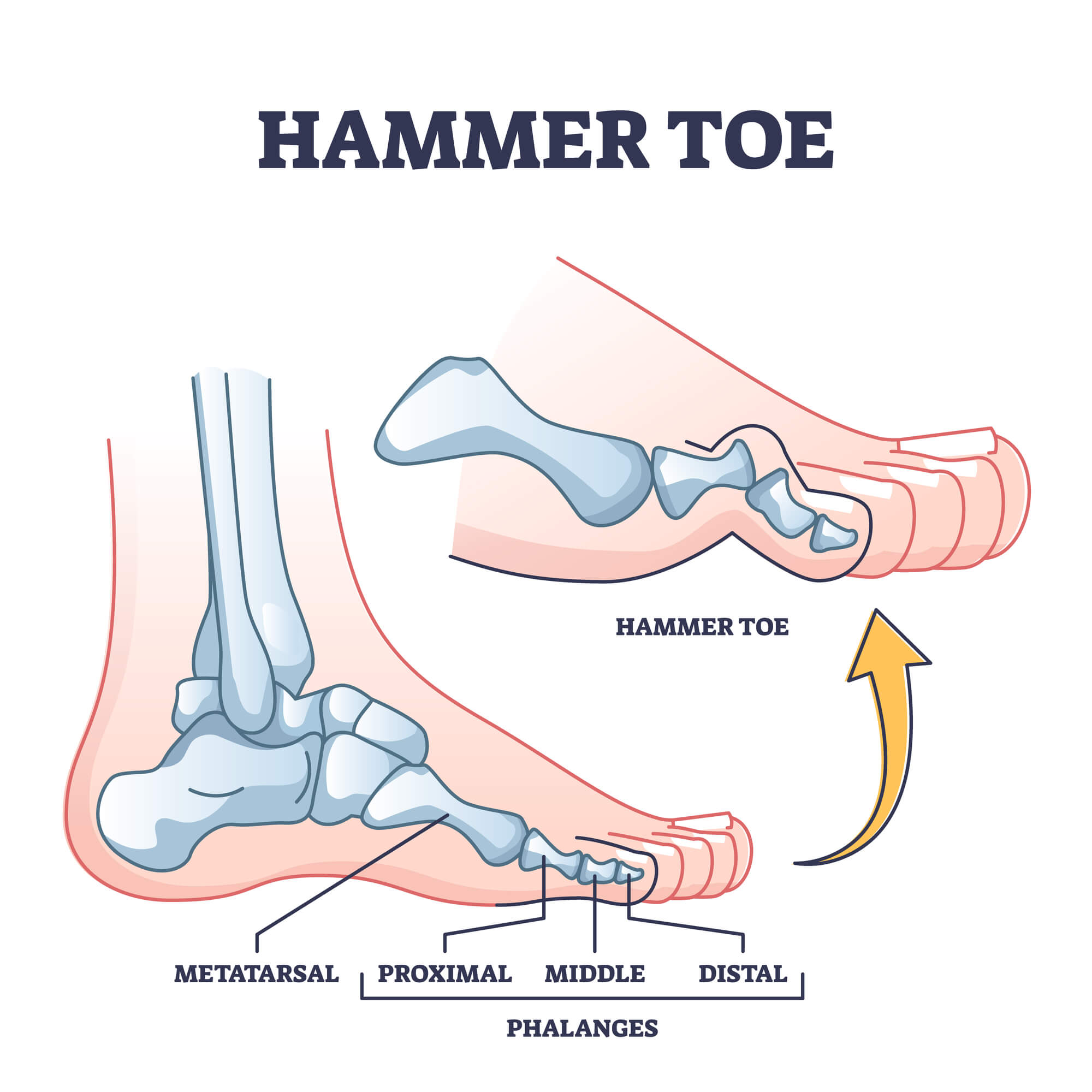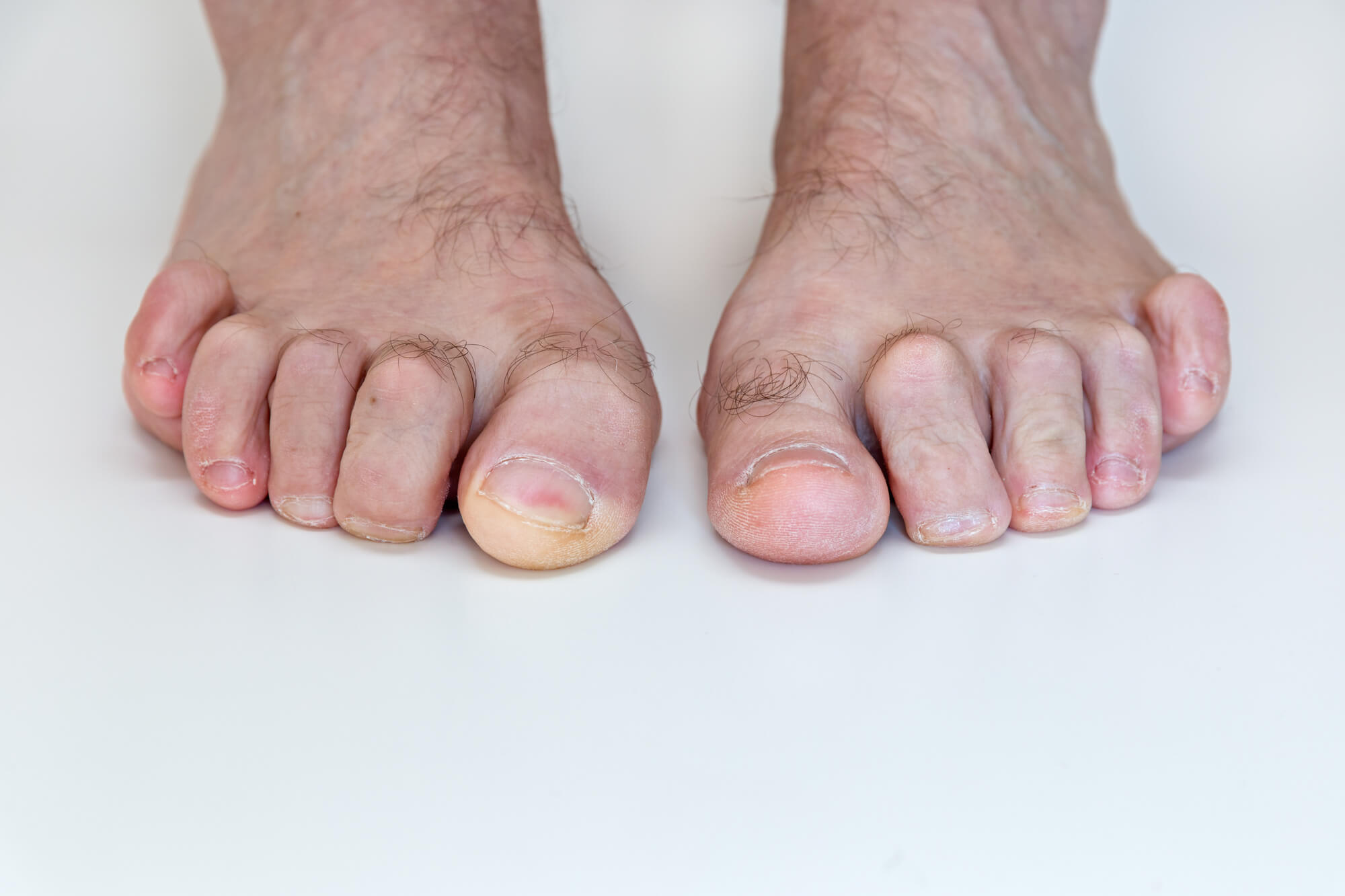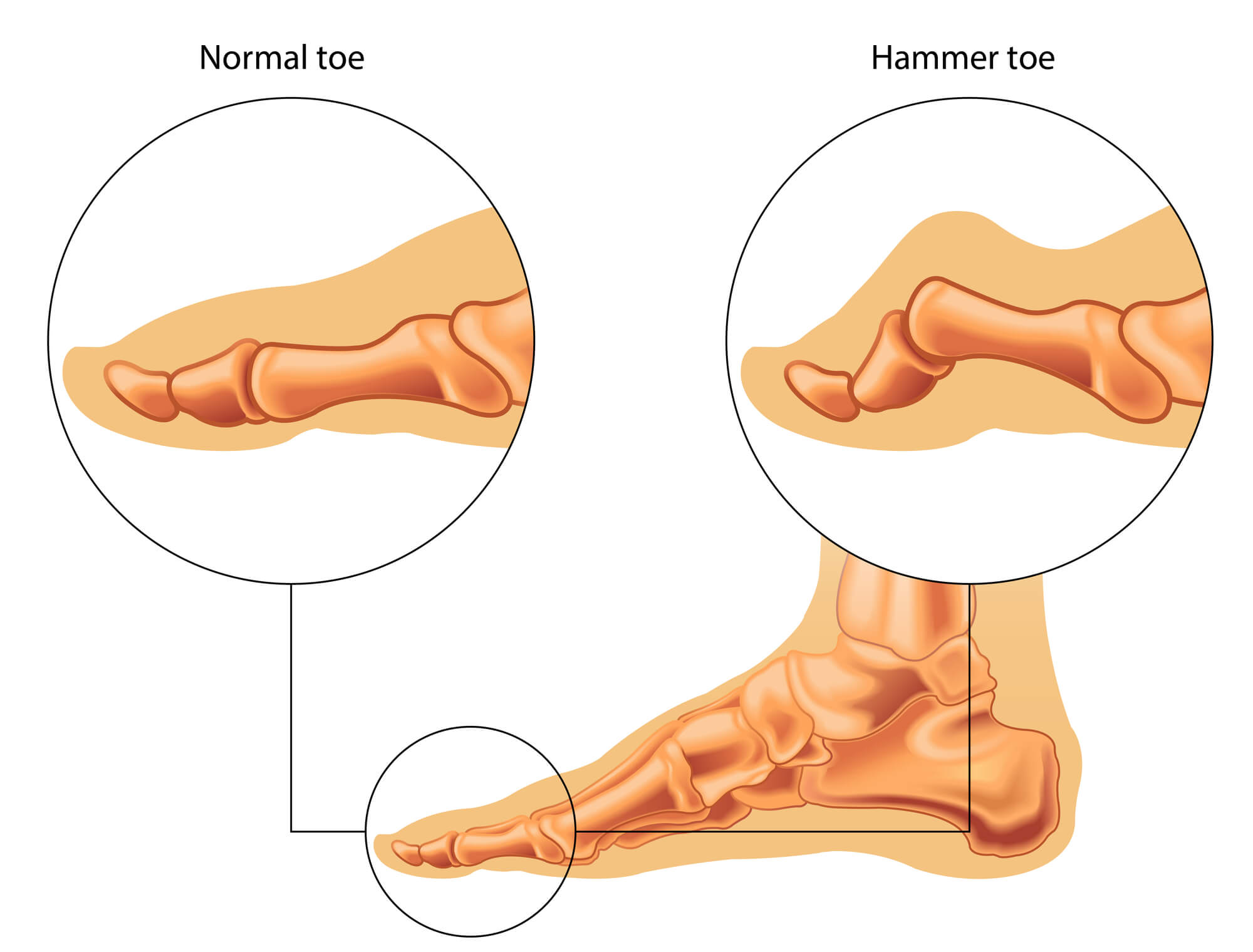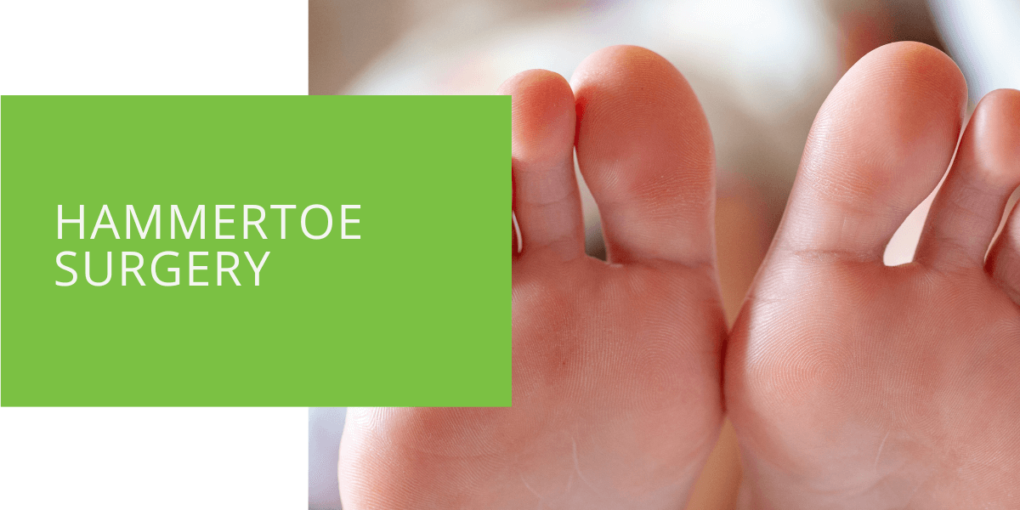Hammertoe Surgery
Hammertoe is a deformity that occurs in the middle joint of the toe, causing it to bend downward and become hammer-like in appearance. Surgery may be necessary if non-surgical methods are ineffective in correcting deformities or the toe is causing significant pain. This article will explore hammertoe surgery's benefits, risks, and recovery process. We will also discuss the types of surgery available, post-surgery care, and alternative treatment options.
What is Hammertoe?
Hammertoe is a deformity that occurs in the middle joint of the toe. It causes the toe to bend downward and become hammer-like in appearance. The deformity can occur in any toe, but it most commonly affects the second toe.
Symptoms of Hammertoe
A bent toe that cannot be straightened is the main symptom of hammertoe. Other symptoms may include pain or discomfort when wearing shoes, calluses on the top of the toe or the ball of the foot, and difficulty moving the toe.
Causes of Hammertoe
Several factors can contribute to the development of hammertoe, including genetics, arthritis, and shoes that do not fit properly. Ill-fitting shoes can cause the toes to be cramped, leading to deformity.

When is Hammertoe Surgery Necessary?
Non-surgical Options for Treating Hammertoe
In some cases, hammertoe can be treated with non-surgical methods such as padding, taping, or splinting the toe to help straighten it. Wearing properly fitting shoes and orthotic inserts can also effectively manage the condition. A podiatrist can recommend these non-surgical options and properly guide how to care for the affected toe.
Indications for Hammertoe Surgery
Surgery may be necessary if non-surgical methods are ineffective in correcting deformities or if the toe is causing significant pain. In general, hammertoe surgery is indicated for individuals experiencing pain or difficulty walking due to deformity.
Types of Hammertoe Surgery
There are several different types of hammertoe surgery, and the best option for an individual will depend on the deformity's severity and the patient's specific needs. Some common types of hammertoe surgery include:
- Tendons and ligaments: In this procedure, the surgeon may adjust the tendons and ligaments in the toe to straighten it.
- Fusing the joint: If the deformity is severe, the surgeon may need to fuse the joint in the toe to straighten it. This procedure involves making an incision in the toe and using screws or pins to hold the joint.
- Removing the end of the bone: In some cases, the surgeon may need to remove a small section of the bone in the toe to straighten it.

Possible Complications of Hammertoe Surgery
As with any surgery, there are potential risks and complications associated with hammertoe surgery. These may include infection, bleeding, and nerve damage. It is important to discuss these risks with a surgeon before the procedure.
Recovering from Hammertoe Surgery
Post-surgery Care and Follow-Up
After hammertoe surgery, the foot will be bandaged, and the patient will be given a special shoe or crutch to protect the toe. It is important to follow the surgeon's instructions for post-surgery care, which may include taking medications as prescribed and keeping the foot elevated to reduce swelling. The surgeon will also schedule follow-up appointments to monitor the toe as it heals and ensure that the deformity is correcting itself.
Expected Outcomes and Results
The success of hammertoe surgery depends on various factors, including the severity of the deformity and the specific type of surgery performed. In general, the goal of the surgery is to straighten the toe and alleviate pain or discomfort. Most individuals can walk on the foot within a few weeks after surgery, although it may take several months for the toe to heal fully.

Alternative Treatments for Hammertoe
In some cases, individuals may be unable to undergo hammertoe surgery due to underlying health conditions or other factors. For these individuals, alternative treatment options may be recommended by a doctor or podiatrist. These may include physical therapy, special shoes or inserts, and non-surgical procedures such as splinting or taping the toe to help straighten it.
Preventing Hammertoe from Recurring
To help prevent hammertoe from recurring, it is important to wear shoes that fit properly and provide ample room for the toes. Avoiding high heels and shoes with narrow toe boxes can also help. It may also be helpful to use orthotic inserts to help align the toes correctly and prevent the development of deformities. If the condition is caused by a medical condition such as arthritis, it is important to manage it and follow a healthcare professional's recommendations.
Conclusion
Hammertoe surgery can be an effective treatment option for individuals experiencing pain or difficulty walking due to a hammertoe deformity. While the procedure does carry risks and complications, it can also bring significant relief and improved mobility. It is important to speak with a foot and ankle specialist or a podiatrist to determine the most appropriate treatment option for your specific needs.
If surgery is recommended, it is important to follow the surgeon's instructions for post-surgery care carefully and to attend all follow-up appointments as scheduled. With proper care and attention, the toe should heal properly, and the deformity should be corrected, allowing you to return to your normal activities and reduce discomfort or pain.
FAQ
How long does it take to recover from hammertoe surgery?
The recovery period after hammertoe surgery will depend on the specific type of surgery performed and the patient's needs. Most individuals can walk on the foot within a few weeks after surgery, although it may take several months for the toe to heal fully. It is important to follow the surgeon's instructions for post-surgery care and to attend all follow-up appointments as scheduled.
How painful is hammertoe surgery?
The level of pain experienced after hammertoe surgery will vary from person to person. Some individuals may experience significant pain, while others only have mild discomfort. The surgeon may prescribe pain medication to help manage any discomfort. It is important to follow the surgeon's instructions for pain management and to report any persistent or severe pain to the surgeon.
Is it worth getting hammertoe surgery?
Whether or not hammertoe surgery is worth it will depend on the individual needs and goals of the patient. Surgery may be an effective treatment option if the deformity is causing significant pain or difficulty walking. It is important to speak with a foot and ankle specialist or a podiatrist to determine the best treatment for your specific needs.
Can you walk on your heel after hammertoe surgery?
It is generally recommended to avoid placing weight on the heel after hammertoe surgery until the toe has sufficiently healed. The surgeon will provide specific instructions for weight-bearing and activities to avoid during recovery. It is important to follow these instructions to ensure proper healing and reduce the risk of complications.

